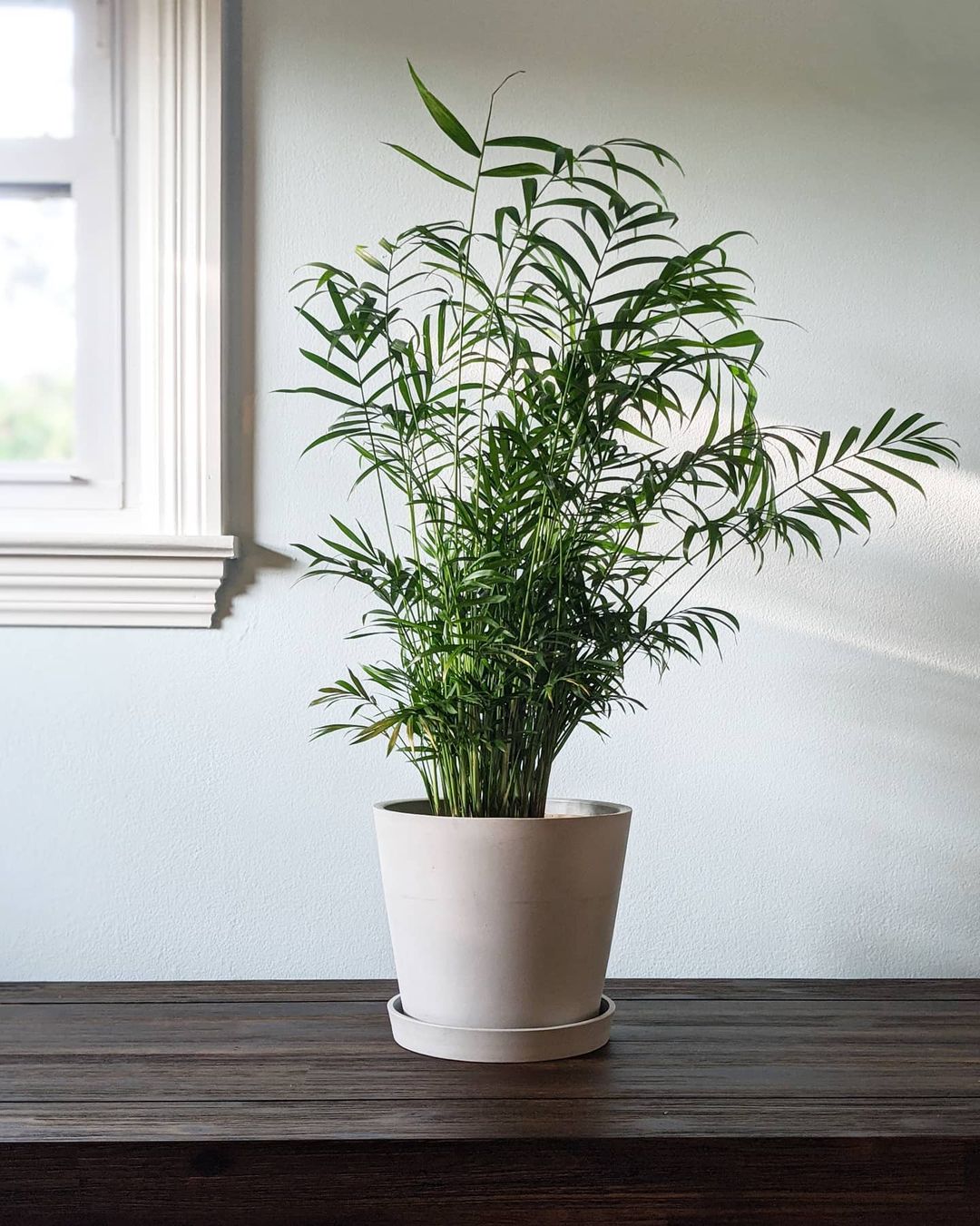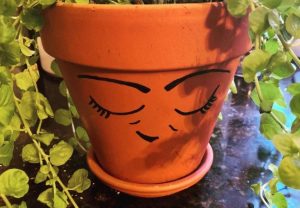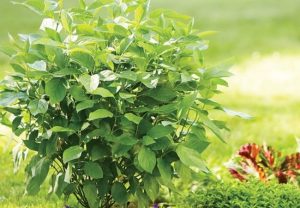Discover the secrets to keeping your Parlour Palm (Chamaedorea elegans) thriving with this comprehensive care guide. Learn about the ideal water, light, and nutrient requirements for this beautiful and low-maintenance indoor palm, making it a perfect addition to any home or office space.
The Parlour Palm, also known as the Neanthe Bella Palm or Chamaedorea elegans, is a delightful and easy-to-care-for houseplant that has captured the hearts of plant enthusiasts worldwide. With its graceful, arching fronds and lush, green foliage, this palm adds a touch of tropical elegance to any indoor space. Originating from the tropical regions of Mexico and Guatemala, the Parlour Palm has become a popular choice for homeowners and office spaces alike, thanks to its adaptability and low-maintenance nature.
Did you know the genus name “Chamaedorea” comes from the Ancient Greek roots meaning “gift on the ground”? These small palms max out at around 20 feet (6 meters) tall, so their fruits were always easy to grab. They’re native to the tropical Americas, and these days, they’re commonly found as houseplants around the world, bringing a touch of tropical charm to indoor spaces.
In this beginner’s guide, we’ll explore the essential tips and tricks for keeping your Parlour Palm healthy and vibrant, ensuring it remains a beautiful addition to your home or office for years to come.

Water Requirements
Proper watering is crucial for the overall health and well-being of your Parlour Palm. Here are some essential guidelines to follow:
1. Soil Moisture: Before watering, check the soil moisture by sticking your finger into the potting mix. If the top inch or two feels dry, it’s time to water.
2. Watering Technique: When watering, slowly pour water onto the soil, ensuring it is evenly moistened. Avoid getting water on the fronds or in the crown of the plant, as this can lead to fungal issues or rot.
3. Frequency: During the growing season (spring and summer), water your Parlour Palm when the top inch or two of soil is dry, typically once a week or more, depending on the environment.
4. Drainage: Ensure your pot has adequate drainage holes to prevent waterlogged soil, which can lead to root rot and other issues.
Light Requirements
The Parlour Palm is quite adaptable when it comes to light conditions, but it does have a preference for bright, indirect sunlight. Here’s what you need to know:
1. Ideal Light: Place your Parlour Palm near a window that receives bright, filtered light. East or north-facing windows are often ideal, providing the right balance of light without direct sun exposure.
2. Low-Light Tolerance: While the Parlour Palm thrives in bright, indirect light, it can tolerate lower light conditions, making it a suitable choice for rooms with limited natural light.
3. Acclimation: If moving your plant from a low-light area to a brighter location, gradually increase its exposure to higher light levels to prevent leaf burn or stress.
4. Signs of Insufficient Light: If your Parlour Palm is not receiving enough light, you may notice stunted growth, yellowing or pale green leaves, or fronds that start to droop.
Nutrient Requirements
Like most houseplants, the Parlour Palm benefits from occasional fertilization to support healthy growth and maintain its lush, green foliage. Here are some tips for fertilizing:
1. Fertilizer Type: Use a balanced, water-soluble fertilizer formulated for houseplants or palms. Look for an N-P-K ratio of 10-10-10 or similar.
2. Frequency: During the growing season (spring and summer), fertilize your Parlour Palm every 4-6 weeks. Avoid fertilizing in the winter when the plant is dormant.
3. Dilution: Follow the manufacturer’s instructions for dilution, as over-fertilizing can lead to salt buildup and potential root burn.
4. Flushing: Occasionally flush the soil with plain water to remove any accumulated salts or minerals from the potting mix.
Potting Mix and Repotting
Choosing the right potting mix and repotting your Parlour Palm at the appropriate time is essential for its overall health and vigor. Here are some tips:
1. Potting Mix: Use a well-draining potting mix specifically designed for palms or houseplants. A mixture containing peat moss, perlite, and some sand or bark can provide the ideal balance of moisture retention and drainage.
2. Container: Choose a pot with excellent drainage holes to prevent waterlogged soil. Terra cotta or ceramic pots are ideal, as they allow for better air circulation and water evaporation.
3. Repotting: Repot your Parlour Palm every two to three years, or when it outgrows its current container. Gently remove the plant from its pot, trim off any dead or damaged roots, and replant in fresh potting mix.
4. Timing: The best time to repot is in the spring or early summer, just before the plant’s active growing season.
Humidity and Temperature
While the Parlour Palm is relatively tolerant of average household conditions, it does have some preferences when it comes to humidity and temperature:
1. Humidity: The Parlour Palm prefers moderate to high humidity levels, around 40-60% relative humidity. Misting the foliage or using a pebble tray can help increase humidity levels around the plant.
2. Temperature: This palm thrives in temperatures between 65-80°F (18-27°C). Avoid exposing it to extreme temperatures, as this can lead to stress and potential leaf damage.
3. Air Circulation: Good air circulation is essential for preventing fungal issues and promoting healthy growth. Avoid placing your Parlour Palm in stagnant or stuffy areas.
4. Seasonal Care: During the winter months, when the plant is semi-dormant, reduce watering and avoid fertilizing until the growing season returns in spring.
By following these essential care guidelines, you’ll be well on your way to enjoying a thriving and healthy Parlour Palm in your home or office space. With its elegant fronds and low-maintenance nature, this beautiful houseplant is sure to bring a touch of tropical charm to your indoor environment.



